BHEF Receives $400,000 in Grants to Support its STEM Higher Education and Workforce Project
Northrop Grumman Corporation, Science Applications International Corporation, Washington University in St. Louis, and the Alfred P. Sloan Foundation provide foundational support for new project
Washington, DC (January 31, 2012) — The Business-Higher Education (BHEF) announced today that it has received grants from three of its members—Northrop Grumman Corporation ($150,00), Science Applications International Corporation (SAIC) ($100,000), and Washington University in St. Louis ($100,000)—and from the Alfred P. Sloan Foundation ($50,000) to support the launch of BHEF’s STEM Higher Education and Workforce Project.
The grants from the three BHEF members will provide multi-year support as BHEF develops its complementary national and regional strategies to attract and retain undergraduates in science, technology, engineering, and mathematics (STEM) fields, and link college-level STEM learning to emerging workforce needs. The Sloan Foundation grant supports the planning for a BHEF STEM project in Maryland with the University System of Maryland and BHEF members, to be the first in a series of regional projects around the country focused on developing innovative university-industry partnerships to significantly enrich undergraduate STEM education.
“BHEF is very pleased to receive these generous awards from our members Northrop Grumman, SAIC, and Washington University in St. Louis, and from the Alfred P. Sloan Foundation, to support the STEM Higher Education and Workforce Project,” said BHEF Chief Executive Officer Brian Fitzgerald. “These grants provide vital financial resources that will help drive this important work and demonstrate new models of how business and higher education can effectively collaborate to address workforce needs while enhancing undergraduate STEM education.”
In November 2011, BHEF announced the launch of the STEM Higher Education and Workforce Project, a five-year effort to increase the retention of students, particularly women and members of underrepresented minority groups, in STEM fields, deepen STEM learning, and better align college-level STEM with workforce needs. The project will leverage resources of BHEF member corporations and universities, and other partners, in regional efforts to increase the relevance of undergraduate STEM education to real-world challenges and prepare the workforce of the future. In doing so, it is expected that students’ persistence in STEM fields will increase as they see the application of their studies to careers in STEM. Among the kinds of strategies the project will explore include research-based courses for first-year students; internships in corporate and government facilities; redesigned courses and new methods of teaching STEM; and early career advising, mentoring, and academic support.
As part of the national dissemination and scaling strategy, BHEF will partner with organizations such as the Aerospace Industries Association (AIA), a trade organization representing major defense and aerospace companies, and the Association of American Universities (AAU). AAU has announced that it would undertake a five-year initiative to improve the quality of undergraduate teaching and learning in STEM fields at its member universities. AAU will work closely with BHEF and the Association of Public and Land-grant Universities on its project.
In June 2011 BHEF was awarded a $401,639 grant from the Office of Naval Research (ONR) to adapt the BHEF U.S. STEM Education Model, a system dynamics model of the STEM pipeline that was developed by engineers at the Raytheon Company and donated to BHEF, to identify the most effective strategies for increasing the number of STEM-proficient graduates for the Navy's workforce. The grant will also support piloting those strategies in cross-sector collaborations involving higher education institutions, business, and the Navy.
